An interview with Fernanda Latorre Barragán
Posted by Mariana De Niz, on 25 July 2023
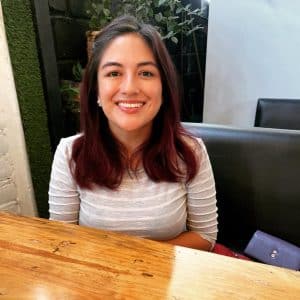
MiniBio: Dr. Fernanda Latorre Barragán is currently a lecturer at Universidad Regional Autónoma de los Andes in Ambato, Ecuador. Fernanda has a long-standing passion for microbiology. She started her career at CISEAL (Centro de Investigación para la Salud en America Latina), where she was first exposed to research in insect vectors which transmit infectious diseases. She completed her undergraduate degree at Pontificia Universidad Católica del Ecuador in the lab of Dr. Jaime Costales, focusing on T. cruzi invasion of host cells. She later obtained a fellowship from the Ecuadorian Ministry of Education to do her PhD at the University of Glasgow, Scotland, which she completed in 2019. During her PhD in the lab of Prof. Markus Meissner, she focused on understanding the acto-myosin complex of the parasite Toxoplasma gondii during host cell invasion. In this time, she gained great expertise in multiple microscopy techniques to study host-parasite interactions. Fernanda is currently also a lecturer, group leader, and Secretary of Ethics for clinical experimentation.
What inspired you to become a scientist?
Since I was a very small child, I knew I wanted to be a scientist. I was the type of child that was always mixing up liquids and reagents commonly found in the house. In fact, I once mixed something that caused a mini-explosion in my mom’s washing room. There’s one thing I remember most as being career-defining/life-changing, and every time I remember, my heart fills with joy! When I was a girl, my cousins had a “swimming pool” for Barbies, and it had a button to make it a jacuzzi. As my cousins grew older, they would pass on their toys to the younger cousins, and eventually this toy reached me. It stopped being the Barbie’s pool, and it became the home of tadpoles I would collect in the field. I would press the button for the jacuzzi and realized that this is where they loved to grow. I followed their entire process of metamorphosis with great fascination. Now my parents’ house hosts many frogs, and they always tell me that these are my great-great-grandchildren. As an adult, I realized that the Barbies were never an interest for me. For me what was fascinating and exciting was to investigate things. I was a biologist already at that age. This interest and passion only continued to grow as I grew older, and continues to this day.
You have a career-long involvement in cell biology, parasitology, and microscopy. Can you tell us a bit about what inspired you to choose this path?
My undergraduate degree is in Biology. I studied at Pontificia Universidad Católica del Ecuador. It was a very broad degree, with a huge amount of subjects including Zoology, Botanics, Chemistry, and so on. One of the subjects I enjoyed most was Microbiology. We didn’t study Parasitology per se, but there was a Center for the study of infectious diseases, which at the time was not so prominent, but now has grown a lot, which we know as CISEAL (Centro de Investigación para la salud en America Latina). I joined a program of interns and volunteers, and one of the areas where one would start working as a volunteer was vector research. Here I started working with Triatomine bugs (vectors of Chagas disease or Trypanosoma cruzi). I would feed them, remove their intestinal content, etc. Those were my first steps in the world of parasitology! Some time later a new PI joined the institute – his name is Prof. Jaime Costales, and he was recruiting undergraduate students to work on different projects. I applied to his lab and got accepted. His lab’s focus was on microscopy and cell biology – we used microscopy to study how T. cruzi would enter host cells – it has two ways of entering: one way is completely encased within the host cell plasma membrane, and the other way isn’t. You can discriminate between both paths. And there was research suggesting that these two ways of invasion played a role in infectiousness and virulence. Jaime showed me for the first time this fantastic subject. I was his first undergraduate student working on his own research lines, and we have a great relationship to this day. He is a wonderful mentor. After my undergraduate degree, I applied to postgraduate programs abroad, and one of the places where I applied was the UK. They saw that my Biology background was very broad, and had been very complete, so I was able to skip the MSc and go directly into the PhD. My first year in the PhD was a bit tough, with a change in culture and topics, and everything else. I first contacted Prof. Richard McCulloch at the University of Glasgow, and he put me in touch with another researcher there, Prof. Markus Meissner. He was interested in the Trypanosoma project I had worked on before, and he thought it would be a good match with his research line in Toxoplasma spp. This is a non-flagellate parasite which nonetheless is very capable of cell invasion. That’s how I got into the project of acto-myosin A motor complex, which ended up being my PhD thesis. I graduated, and then came back to Ecuador. I was funded by our Ecuadorian institution, Secretaria de Educacion (the Ministry of Education) to do my PhD, and the fellowship demands that you pay back twice the amount of time that you went abroad. So my PhD lasted 4 years, and to pay back this time, I will work in Ecuador for 8 years. There are exceptions if you have opportunities to do a postdoc, but I wanted to get my papers in order before taking any further steps. When I came back to Ecuador, I got a job, and it’s great that I am able to start paying back. I have a small research group now since 2019, called InBios. In Ecuador, we do basic research, but we don’t have a well-defined and well-established programme for research like universities in many countries abroad. We are still defining these programs, giving our first steps. My group focuses on bridging the gap between basic research and public health here in Ecuador. Within my research project we have several students and various projects we are pursuing. Our lab is mostly undergraduate students, rather than PhDs or postdocs. Science as an institution or as a discipline is much younger here.

Can you tell us a bit about what you have found uniquely positive about becoming a researcher in Ecuador, from your education years?
I think this might be common to many Latin American students: because we often lack resources to do complex research, or we don’t have access to the latest reagents and kits, we have to improvise, and we become very skilled at troubleshooting. I felt that in Europe there was a very well established “machinery” that always works and so the need for improvisation and troubleshooting is not huge. But for me these skills helped me a lot. I don’t panic and I’m able to troubleshoot, which I realized was different to many of my European colleagues. I feel the education I received, taught be to be resilient and perseverant. I also showed my team how to do “home-made” things, whenever we were missing some resource or kit. I’ll give you a concrete example: in my institute in Ecuador, we didn’t have a centrifuge for plates, so we had to improvise, and we use the centrifuge one uses in kitchens to dry lettuce – the one you push and it just spins the lettuce! When I mentioned this to my colleagues in the UK, they found it funny, but it’s just a matter of what you have access to, and how resourceful you have to become when resources are scarce. I felt my education prepared me for real life.
Can you tell us a bit about your day-to-day work as a lecturer at Universidad Regional Autónoma de los Andes?
UNIANDES has its headquarters in Ambato, which is a city 2 hours away from Ecuador’s capital city, Quito. I am a lecturer for Molecular and Cell Biology in the degree of Medicine. These last 2 years I also got heavily involved in Bioethics, and I’m the Secretary for the Ethics Committee for Research in Humans. So at the moment I have multiple roles: I’m a lecturer, a researcher, and a Secretary in this Committee. I find it all very interesting! I’m thriving!

Did you have many opportunities to interact with other Latin American groups, outside of Ecuador?
Unfortunately not. I think this is something that desperately needs to change in Latin America. We should strengthen existing networks, and create new ones that allow us to collaborate with each other. For example, I just recently found out that there is a Parasitology Society here in Ecuador, but the website is not up to date. I think it’s just a reflection of the lack of time that many researchers in multiple roles have. I try to interact with the OWSD (the Organization for Women from Developing Countries) but I’d love to have a group in which we can discuss more, and help one another better. There is very little convergence in my opinion. While imaging was a huge strength of my doctoral work, the most sophisticated microscope we have here is a compound epifluorescence microscope. Students use it for basic diagnosis, but not for sophisticated research. I think a huge deterrence is that microscopes are extremely expensive and if you have it, it’s not an instrument that can be just standalone in some room – you need people with the technical expertise to train others, and it’s an instrument that requires in general a lot of expertise both for usage and for maintenance. You know how expensive and how complicated it can be to get an instrument repaired, and they are relatively easy to damage. I’m sure other places in Ecuador also have other microscopes, but again, because of the cost, it’s not a major discipline in Ecuador, and therefore networking in this area is tricky too.
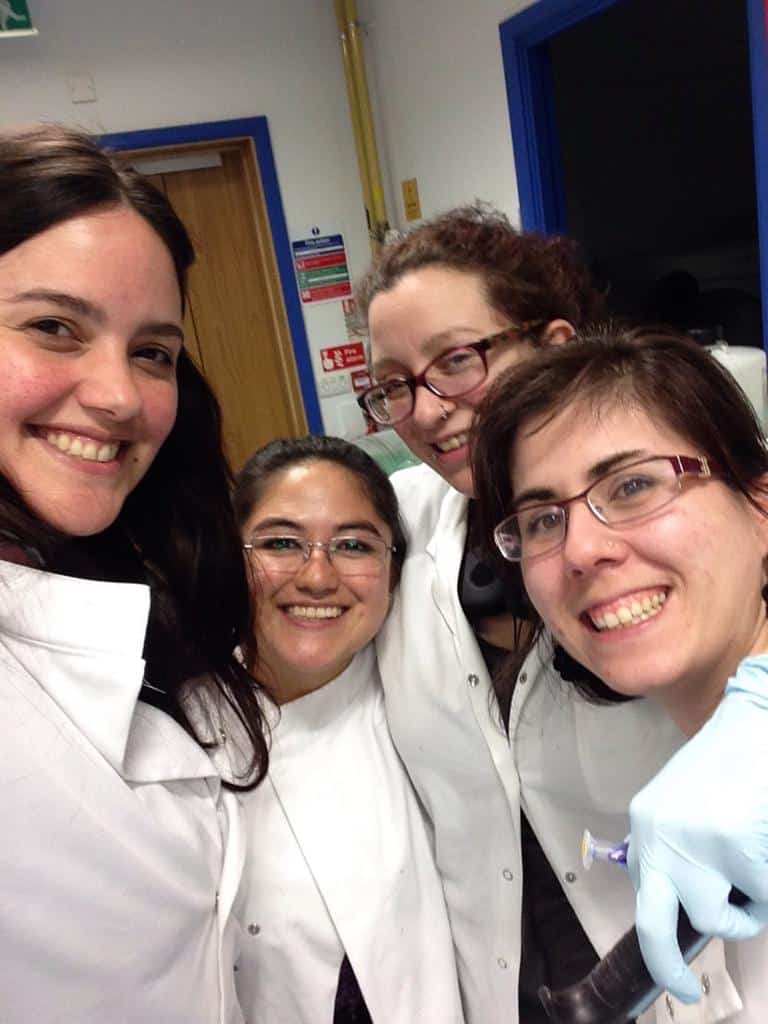
Who are your scientific role models (both Ecuadorian and foreign)?
The first person I have to mention is my first boss in the academic professional world. During my undergraduate degree, the University where I studied allowed you to work as a fellow if you had good grades from the 4th semester onwards. I sent my request to become a fellow, and I was placed in the Department of Botany. Here, I met my first role model, Prof. Catarina Quintana. What I admire most about her is how ambitious she is, and how she has pushed forward her career, finding new ways to study plants. In parallel, she is a wonderful human being – she celebrates with you your achievements, she listens to you, and if you faced any problems, she was always there to provide support. I learned from her what a great leader is. We were all fellows, all very young in our undergraduate degrees, and for her, nothing was more important than being a wonderful person and a kind mentor. She treated everyone with great kindness and respect, no matter their degree or their experience. I hope one day I can be as fantastic as she is – it would be my dream. There are other people I admire a lot –Dr. Jaime Costales, my undergraduate supervisor is another. He was just returning from Harvard, from being in Dr. Barbara Burleigh’s lab, and he arrived back in Ecuador, 32 years old with a bunch of ideas. He brought all these ideas, to a country which sadly sometimes doesn’t value new ideas so much. But he came with enormous strength and energy. I was 19 years old when I joined his lab, and working with him was a wonderful experience. Finally, another role model is Prof. Gary Ward, whom I met in Glasgow. Like Catarina, his main attribute is how kind he is and how nicely he treats everyone around him. He’s also an ambitious and successful scientist. I think the main message is that ambition cannot be a justification to treat anyone around us poorly. I think this mentality needs to change in academia. Scientists should be humble and kind. So, because of this, Gary is a role model. I always came to him with my scientific doubts and questions, and he would have an answer, no matter the question. Unlike perhaps other scientists who might look down upon you if you ask a basic question. I think these are my 3 role models, whom I admire a lot. For me kindness is the most important quality in a person.
What is your opinion on gender balance in Ecuador, given current initiatives in the country to address this important issue. How has this impacted your career?
I’d love to say that I have seen equity, but I haven’t. There isn’t enough support for women who want to be mothers, and who want to study something demanding, like a pathogen. I think the unbalance arises there: you are forced to pick one or the other. I’ve witnessed colleagues of mine who have decided to become mothers, and stop their research for one or two years. When they come back, they need to change their objectives and even questions to continue being relevant after two years of “absence”. There is no support for women facing this scenario. And in Ecuador (and in many countries), a lot of the duties related to child-upbringing and caretaking in general, are heavily placed on women. I know there is a group of women in Ecuador who are trying to push forward more initiatives for gender balance, but so far it hasn’t been something revolutionary. I hope with time they achieve it, and that I can contribute in some way too. But these disparities in gender are by no means specific to Ecuador or even Latin America. I saw it too while I was in the UK – we even discussed with several PIs how the pipeline in academia is very leaky, with many women at the undergraduate and graduate levels, but very few in leadership positions. There is a very strong ‘boys club’ culture, very prevalent in academia. Sadly a woman’s voice is not yet considered as valuable as a man’s. Keynote speakers are usually men, as are scientists in leadership positions. The other problem is that now people are complaining about how “affirmative action” is forcing things, questioning the merit of women (and other minorities). One would think that after so many years of struggles and efforts, we are getting closer to equity, but it’s not the case.
Are there any historical events in Ecuador that you feel have impacted the research landscape of the country to this day?
Before 2000, Ecuador had it own currency named Sucre, but inflation got so uncontrollable that the president in that time, Jamil Mahuad, decided to adopt the American dollar as our currency to prevent the Banks from going bankrupt. That move affected the average citizen quite terribly. The economy of the country was devastated and so was morale. Even though I was a teenager in that time, I could understand perfectly all the struggles that Ecuador was going through. Looking back, I think that 2000 and the “dollarization”, held back higher education and research, since they were the least of the priorities in the country in that moment. Without reservation, I think Ecuador and Ecuadorians never recovered from that dreadful time. It left a scar.
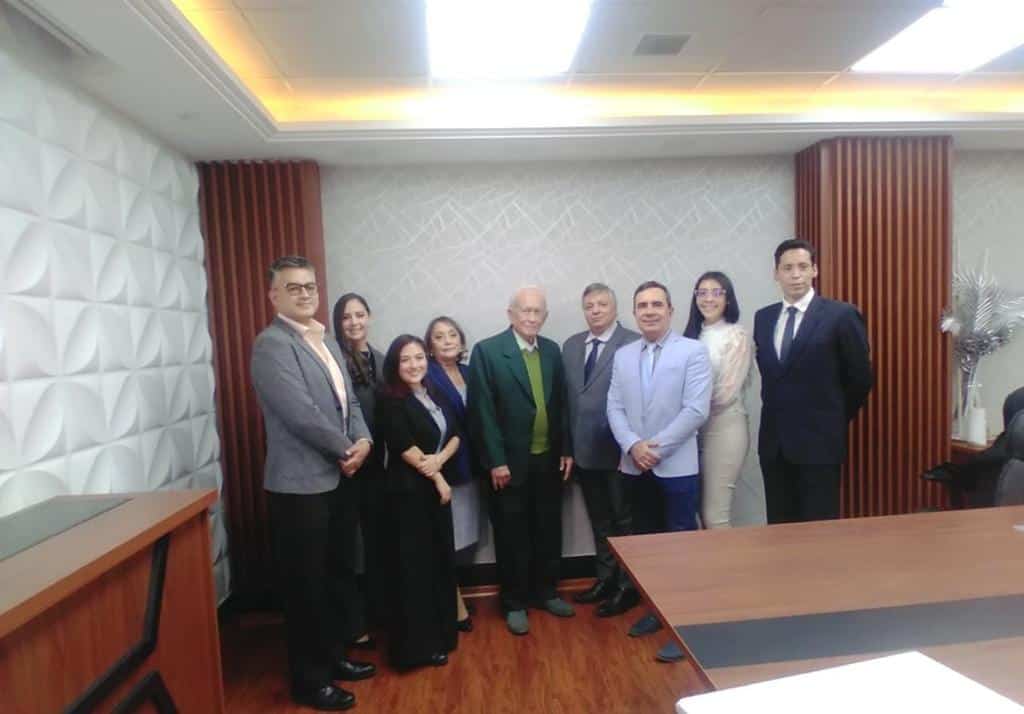
Have you faced any challenges as a foreigner if you have worked outside Ecuador?
The time I spent doing my postgraduate degree is something I remember with great happiness. I don’t mean everything was always perfect, because it wasn’t, but I feel it helped me grow as a scientist and mature as a human being. I met people from all over the world and I tried to learn from everyone. That contact with the outside made me put my ideas together and it let me define what I wanted from life.
What is your favourite type of microscopy and why?
I enjoy all types of microscopy, but my favorite is, hands down, Super-resolution microscopy!
This type of microscopy, together with all the computational tools available, results in the best images you can get of cells. I was so mesmerized by the amazing detail you could get from a well-prepared sample. I loved spending time in the SRM, but my favorite part was processing the images. I could analyze images of all the layers, meaning I could see the cells in different planes and from different perspectives. I was also very excited to make my 3D models using my samples. That was just a treat for me.
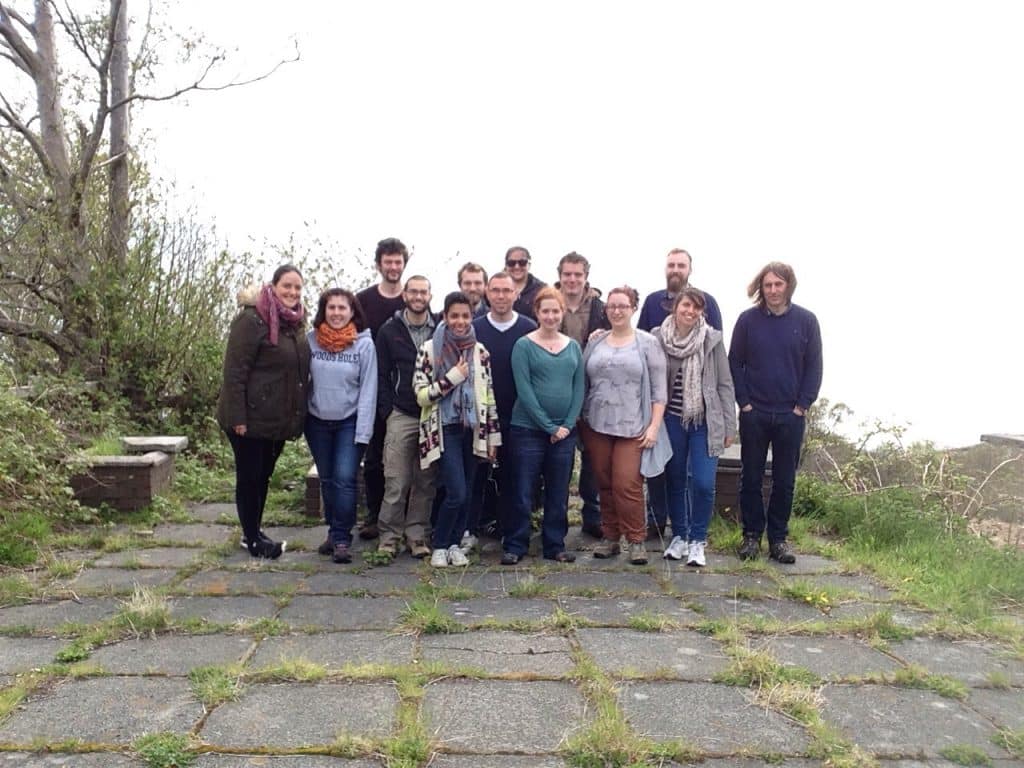
What is the most extraordinary thing you have seen by microscopy? An eureka moment for you?
I made a video of Toxoplasma gondii where the angle was perfect to recognize its nucleus. During cell penetration, the parasite passes through a tight junction, formed with the host-cell and Toxoplasma. The video I took shows how the parasite’s nucleus squeezes without breaking or damaging. For a few seconds, the nucleus losses its size and shape, and after entering the cell it recovers its physical characteristics. I just love to think about that video, it shows very clearly how cytoskeletal structures protect the organelles of the parasite while they move through the host and invade cells.
What is an important piece of advice you would give to future Ecuadorian scientists? and especially those specializing as microscopists?
My advice to them is to join a program outside Latin America, preferably in a non-Spanish speaking country, so they can learn as much as I did. I have nothing against our countries, but I do feel that personal and professional growth will come only from outside one’s comfort zone. The more challenging the experience, the bigger the reward. For instance, being able to communicate in another language, in writing and speaking expands your capacity to network. Also, meeting people with pretty different cultures, is enriching, there’s something new to learn. It expands your own horizons. In terms of microscopy, the groundbreaking techniques are being developed in other continents, so it’s something to consider before deciding. Another important piece of advice is to choose the group wisely, since people interested in microscopy must know what kind of equipment every institute offers and how the facilities operate.
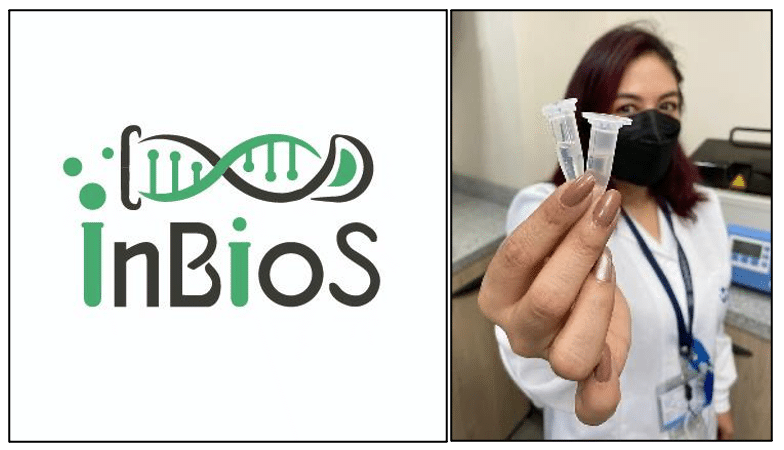
Where do you see the future of science and microscopy heading over the next decade in Ecuador, and how do you hope to be part of this future?
Academia and research in Ecuador have a very interesting relationship. For one, the greatest value of a higher education institution is its capacity to do science and to train scientists. However, the idea of how these two are made is a bit contradictory. For example, the measured value of science is the number of publications a scientist publishes, but it really doesn’t matter the quality of the papers but the quantity. These ways of evaluating scientific quality must be revisited, since the pressure on a scientist to publish, greatly affects how science is done. Similarly, the amount of time a scientist in Ecuador has to do proper research is limited by lecturing, class management, academic administration, and bureaucracy, among others. It will greatly help to have an official role as “Scientist” or “Professor” so the people meant to do science are able to do so. Few universities in the country have this kind of traditional roles. I think changing some of these will attract people to stay or enroll in a scientific career. However, if this doesn’t change, established and educated scientists will reach for other opportunities outside the country. Furthermore, money remains a limiting factor for research in Ecuador and especially in the field of microscopy. This is because the equipment, software, and consumables necessary to perform cutting-edge research are very expensive. Proper funding is also required from a human resources perspective, in order to attract and retain top talent to staff facilities, maintain equipment, and train future generations of scientists. I would like to help establish a higher quality research standard, by teaching my students that higher impact research can be achieved using a proper mindset and leveraging technology. I was taught by great professors that were always striving to push their chosen field forward, and I want the same for my students. I want them to be able to differentiate what’s easy from what’s right, and to choose what’s right.
Beyond science, what do you think makes Ecuador a special place to visit?
My country is fabulous, I invite everyone to come. First of all, it is pretty tiny in area but it contains 4 very different territories: the Galapagos islands, the coastal region, the highlands, and the rain forest. Surprisingly, you can cross the country in eight hours, from coast to rain forest. Food is also a “must try” here. I have heard many chefs saying that Ecuador is the land of the soups, and they are right, as we have plenty of them. Recently, our most treasured fish onion soup, called Encebollado, placed twenty fifth in the world’s ranking according to TasteAtlas (see image attached). Finally, and most importantly, most Ecuadorians are very funny and always cheerful, regardless of the situation. Ecuadorians are always cracking jokes. Most people here are lighthearted and easy-going, making the country a more interesting place.
I think every scientist will feel attracted to the land that inspired the evolution theory; the famous Darwin finches reside on the Galapagos Islands. That place is a paradise surrounded by nature and has this mist of science in the air. I just imagine how many people come here with their copies of “The origin of Species”. Furthermore, Ecuador has a lot of fields that have to be studied, so I fully support the creation of multidisciplinary science networks where everyone wins. In terms of parasitology, most of our pathogen lines are unknown because of the lack of projects to study them. In my opinion, starting a conversation about research interests among scientists is a good place to start. Finding common ground and branching out from there would be next. I really hope the science community abroad looks at countries like ours as a place where collaborations can be forged, and not just as a source of biological samples.
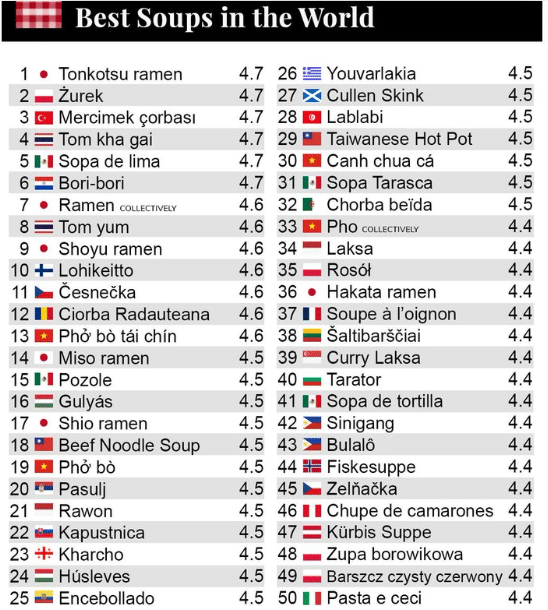


 (No Ratings Yet)
(No Ratings Yet)